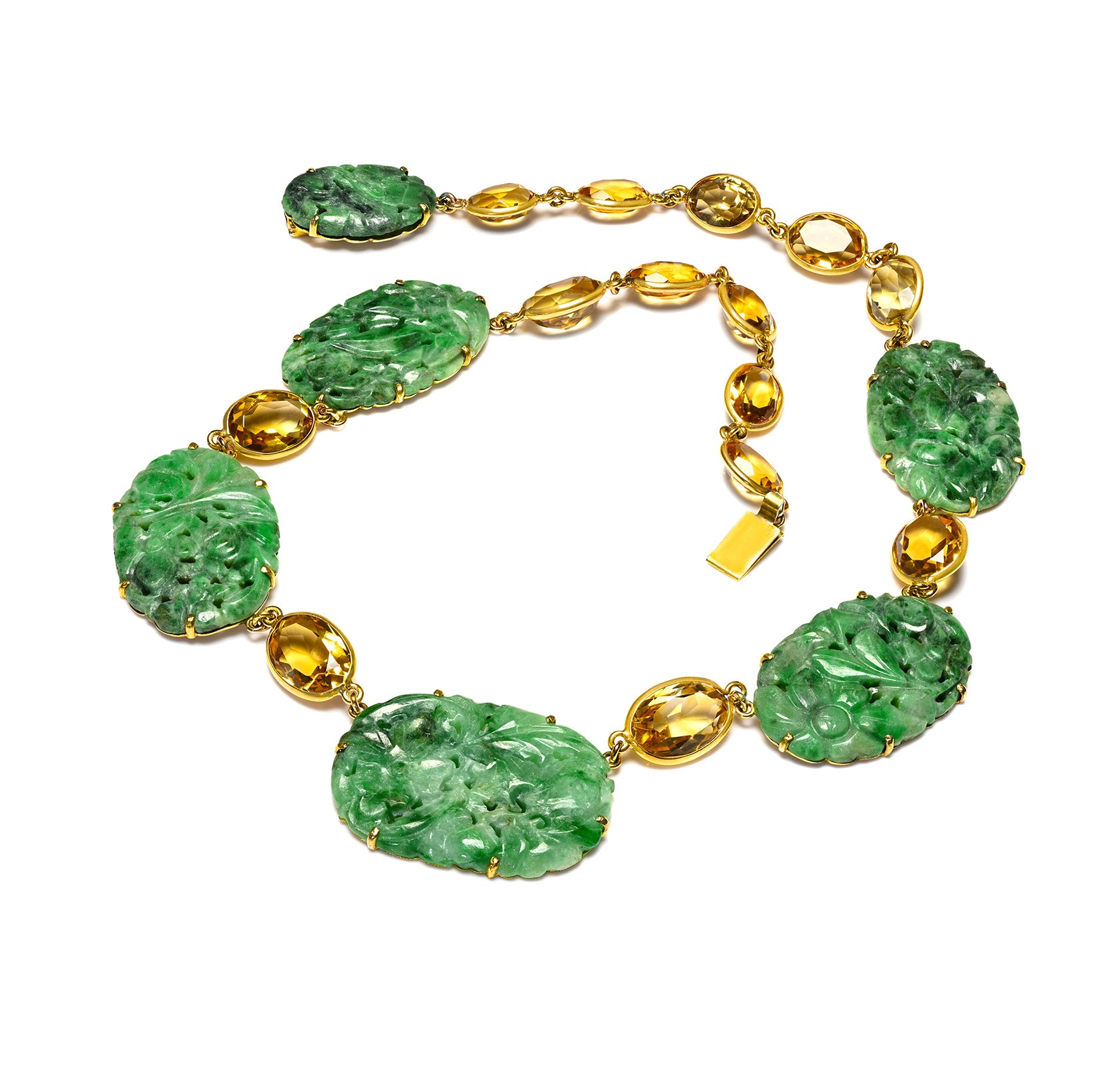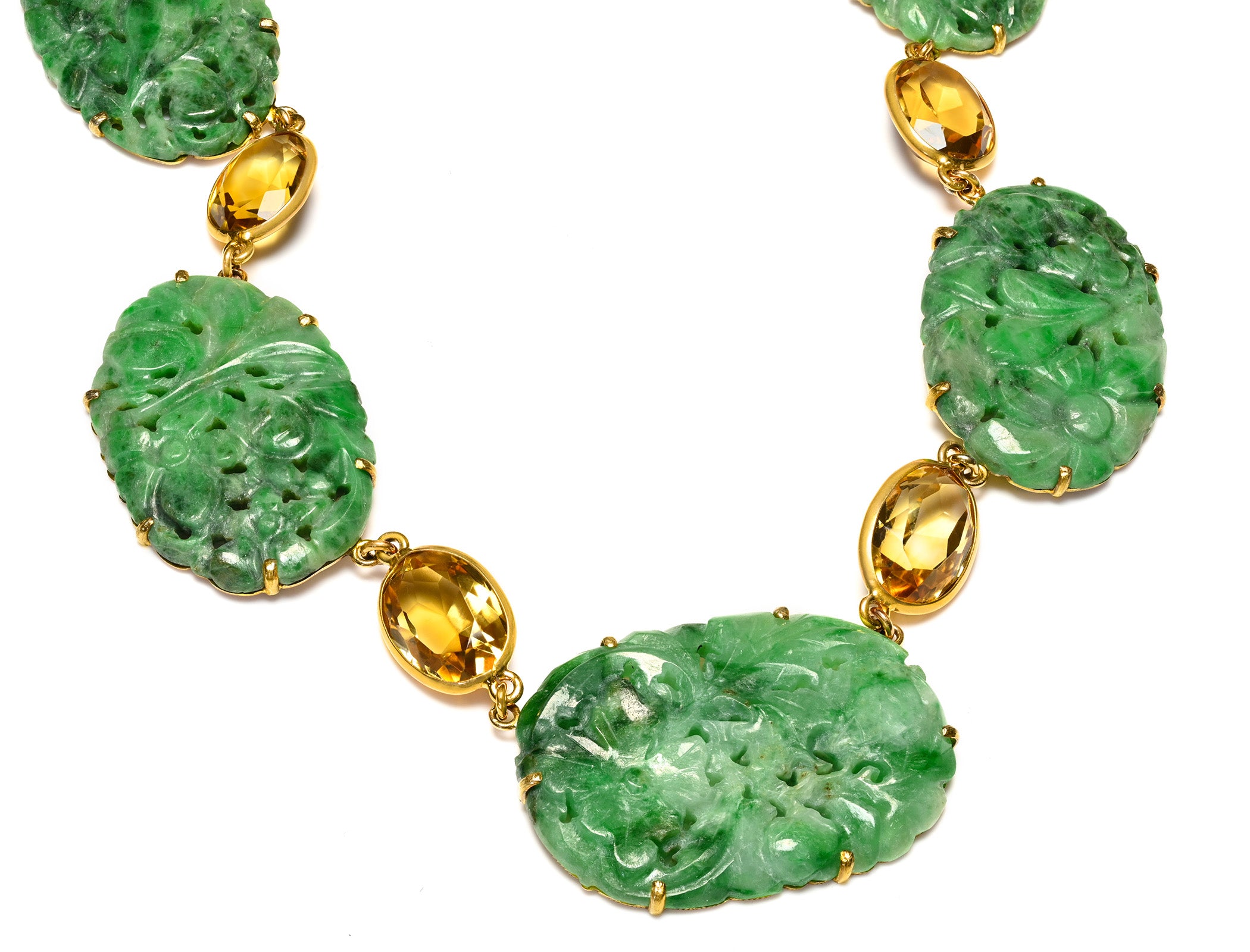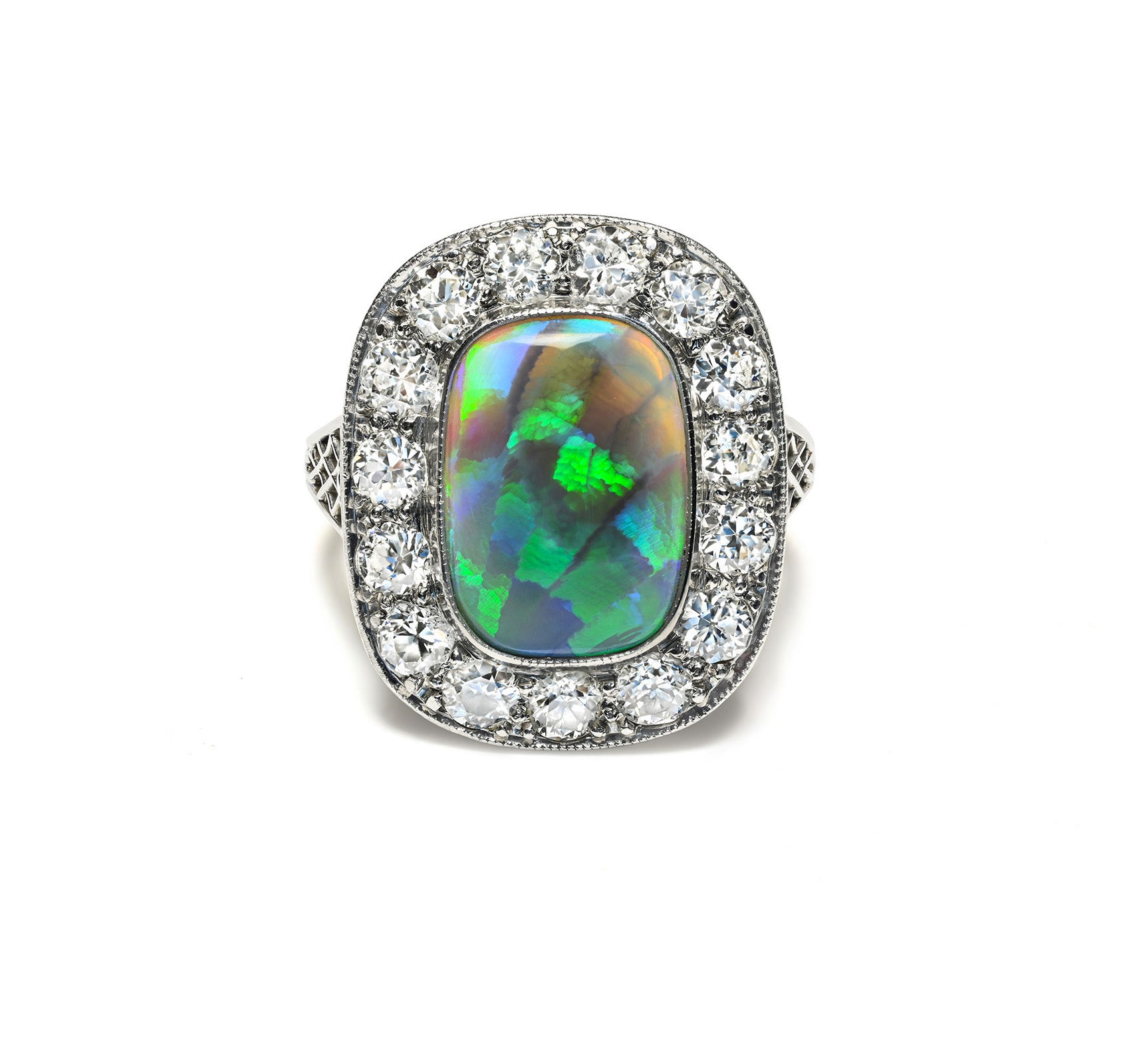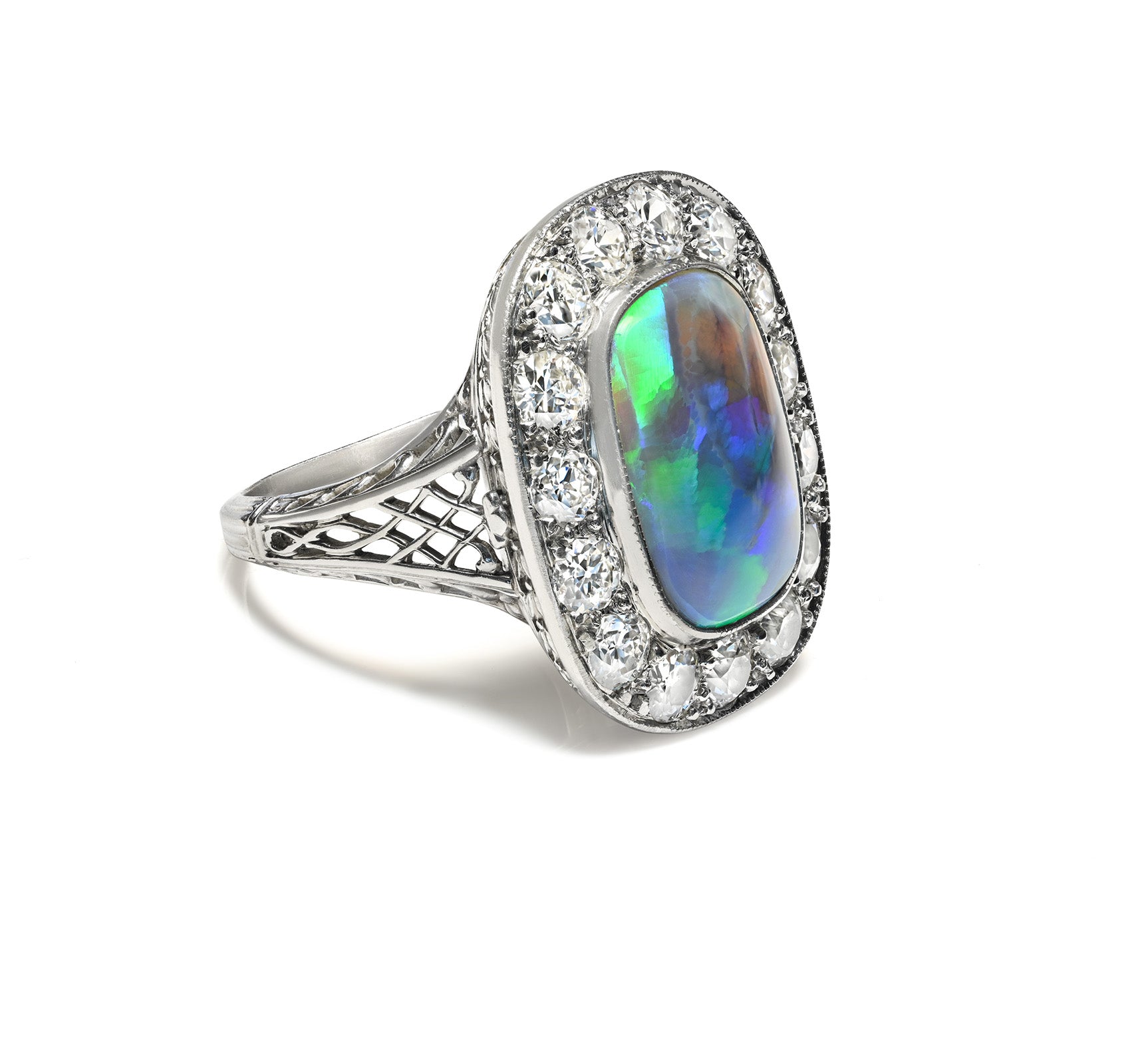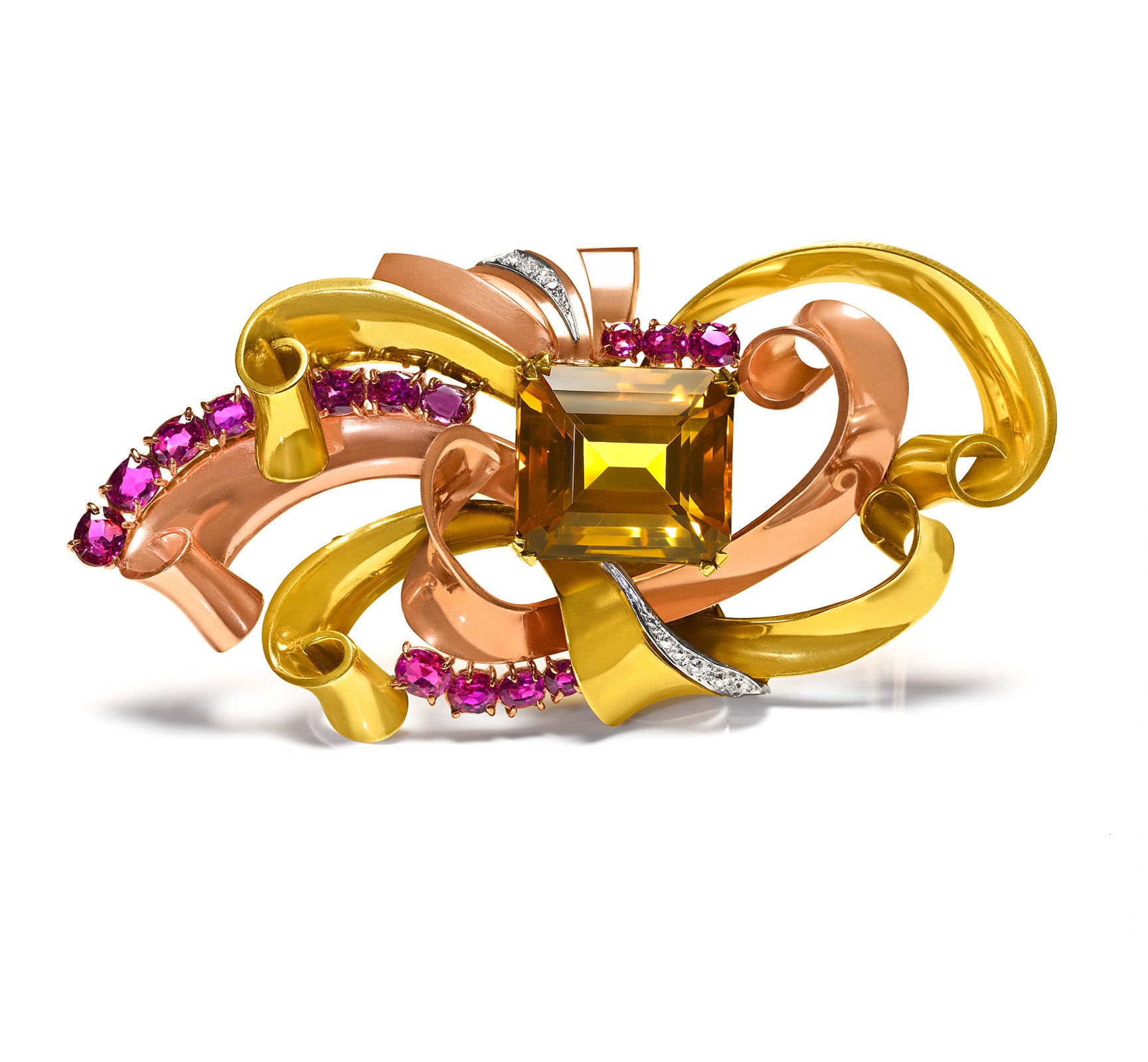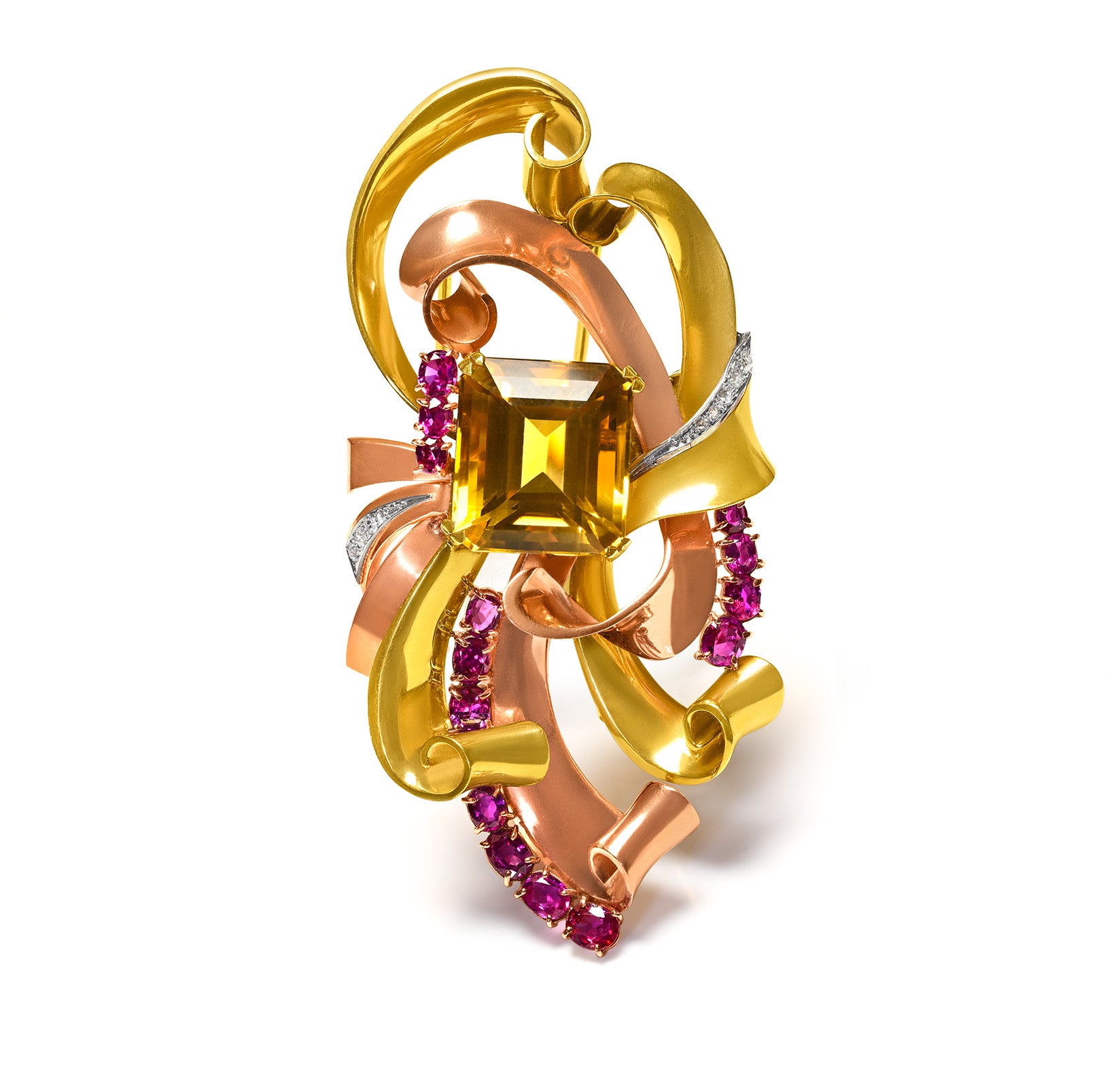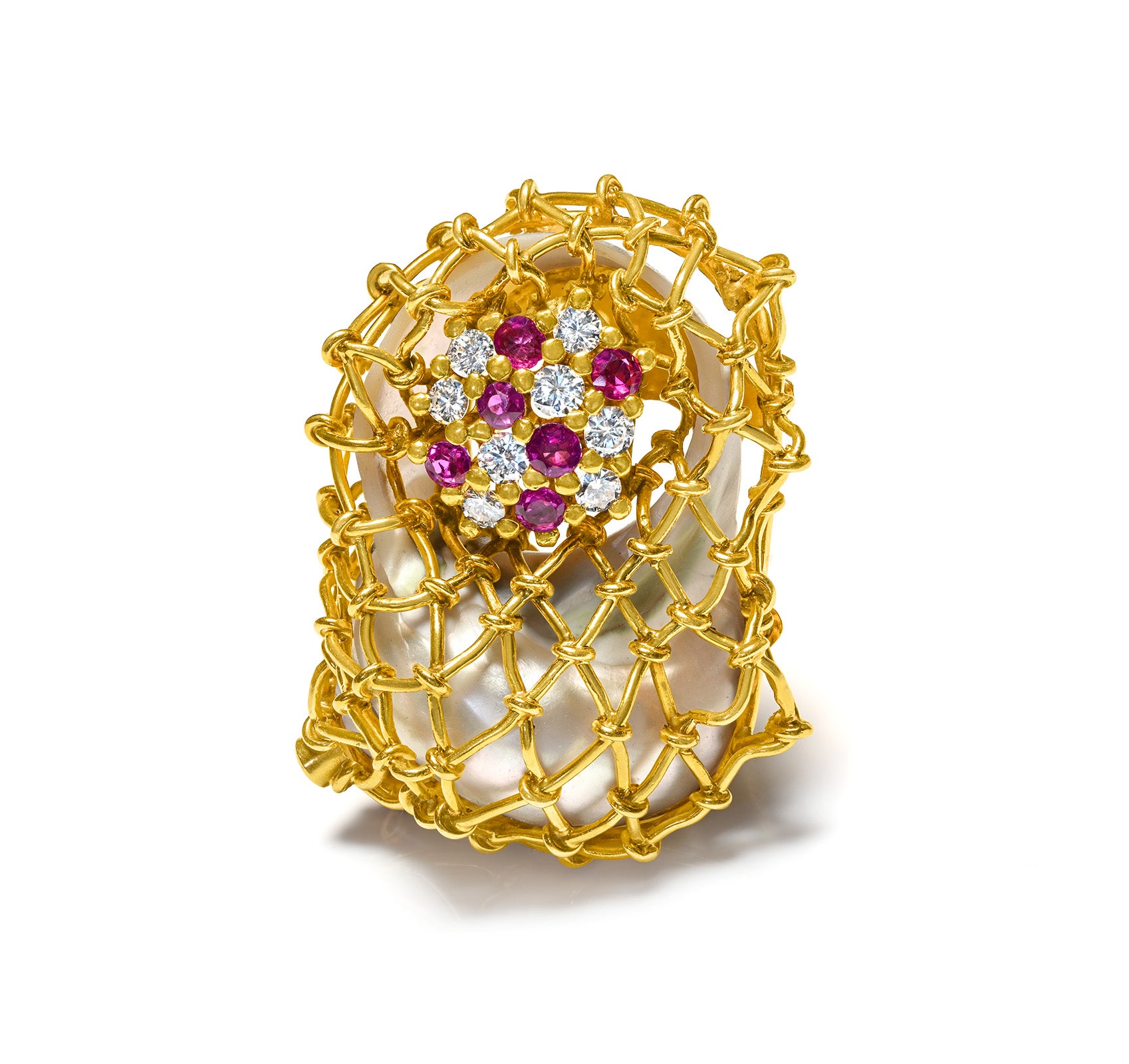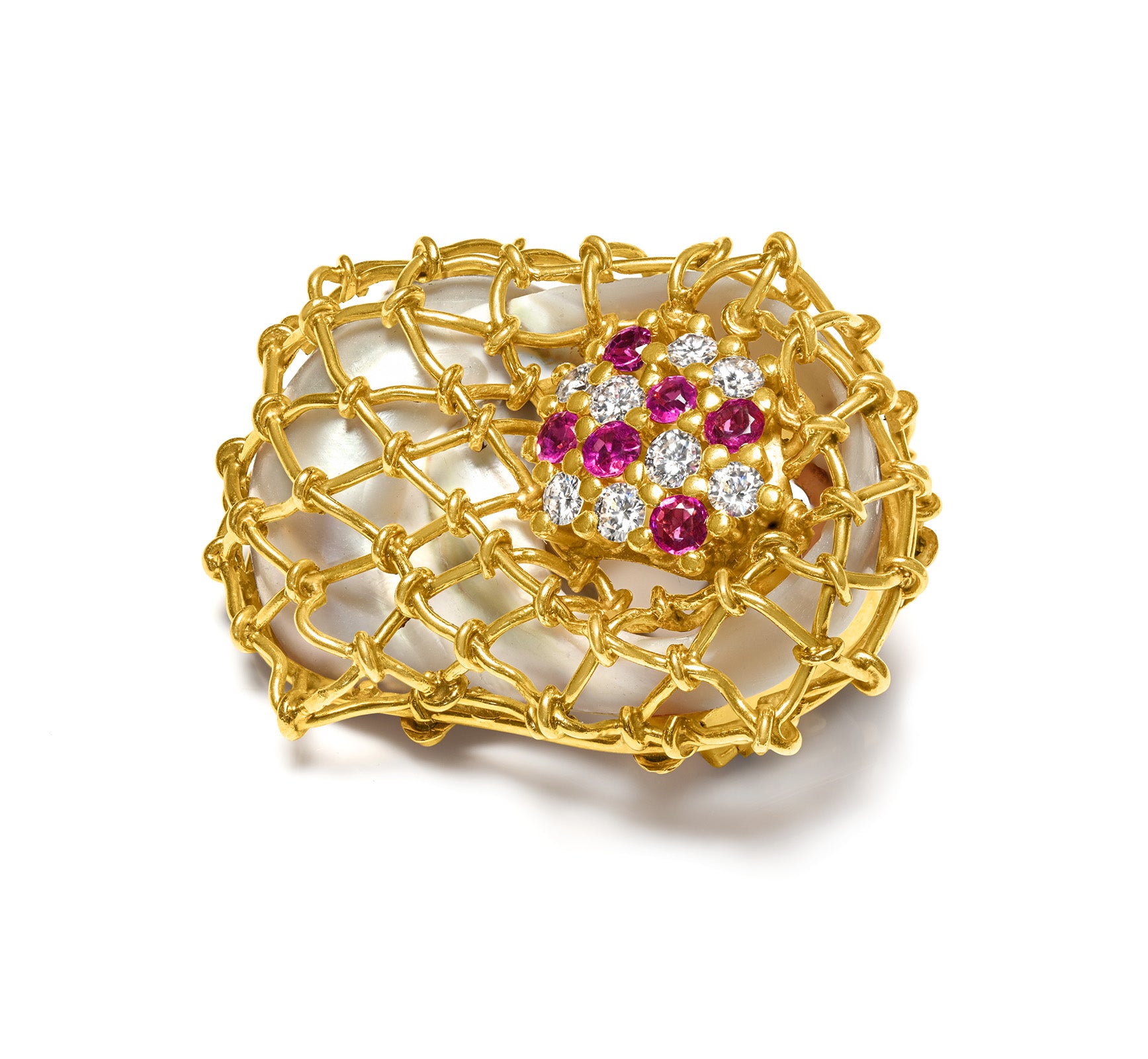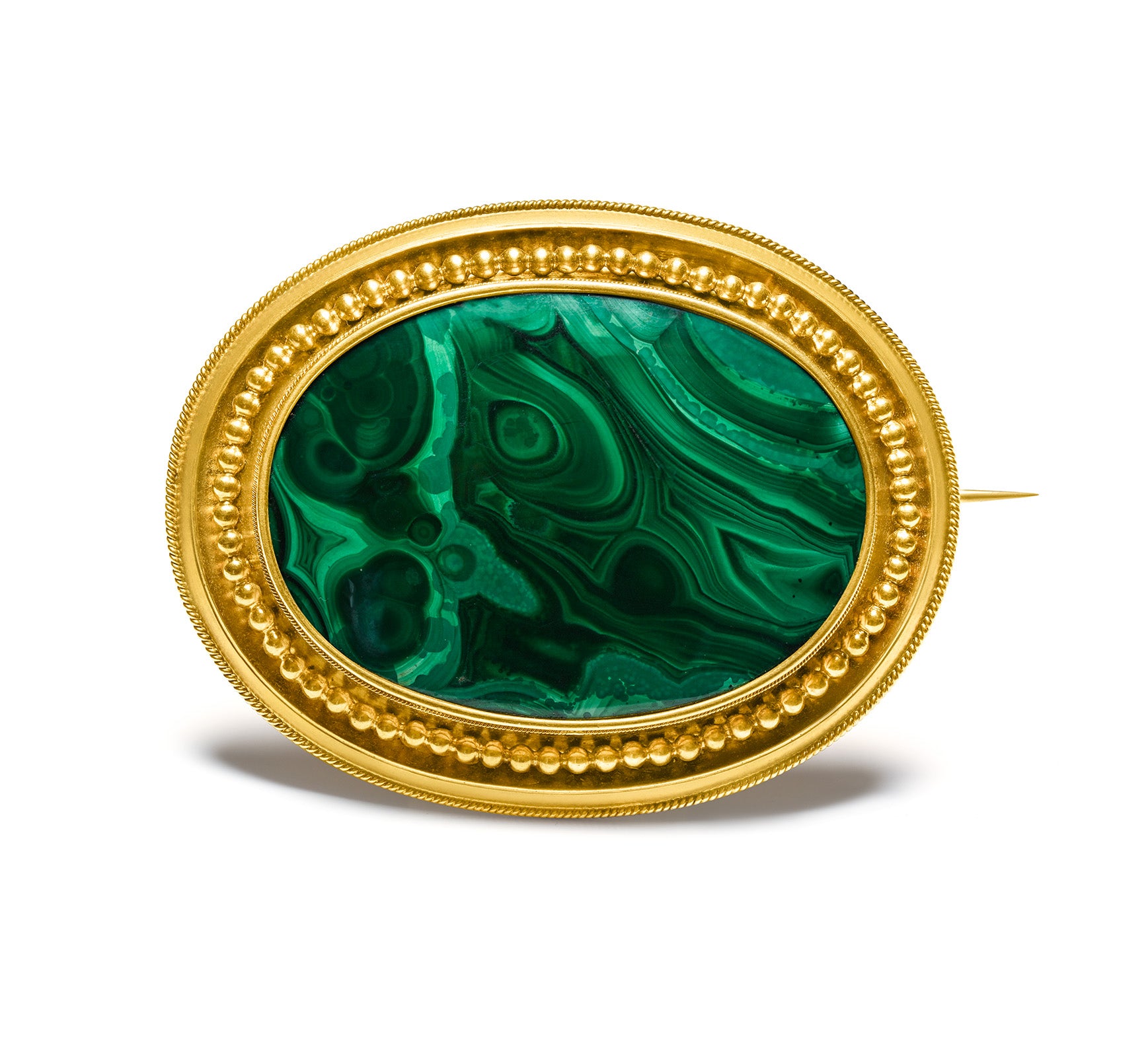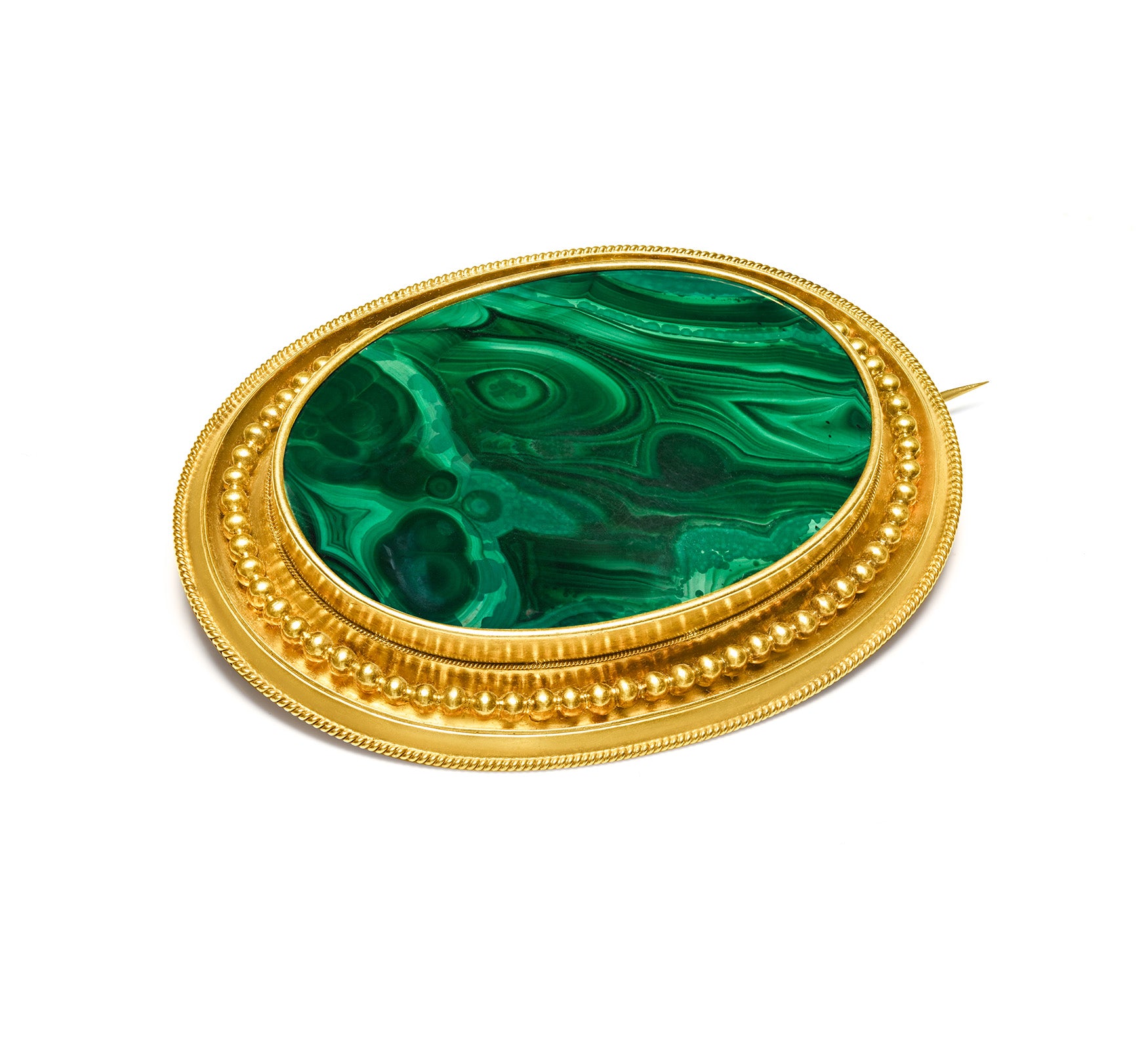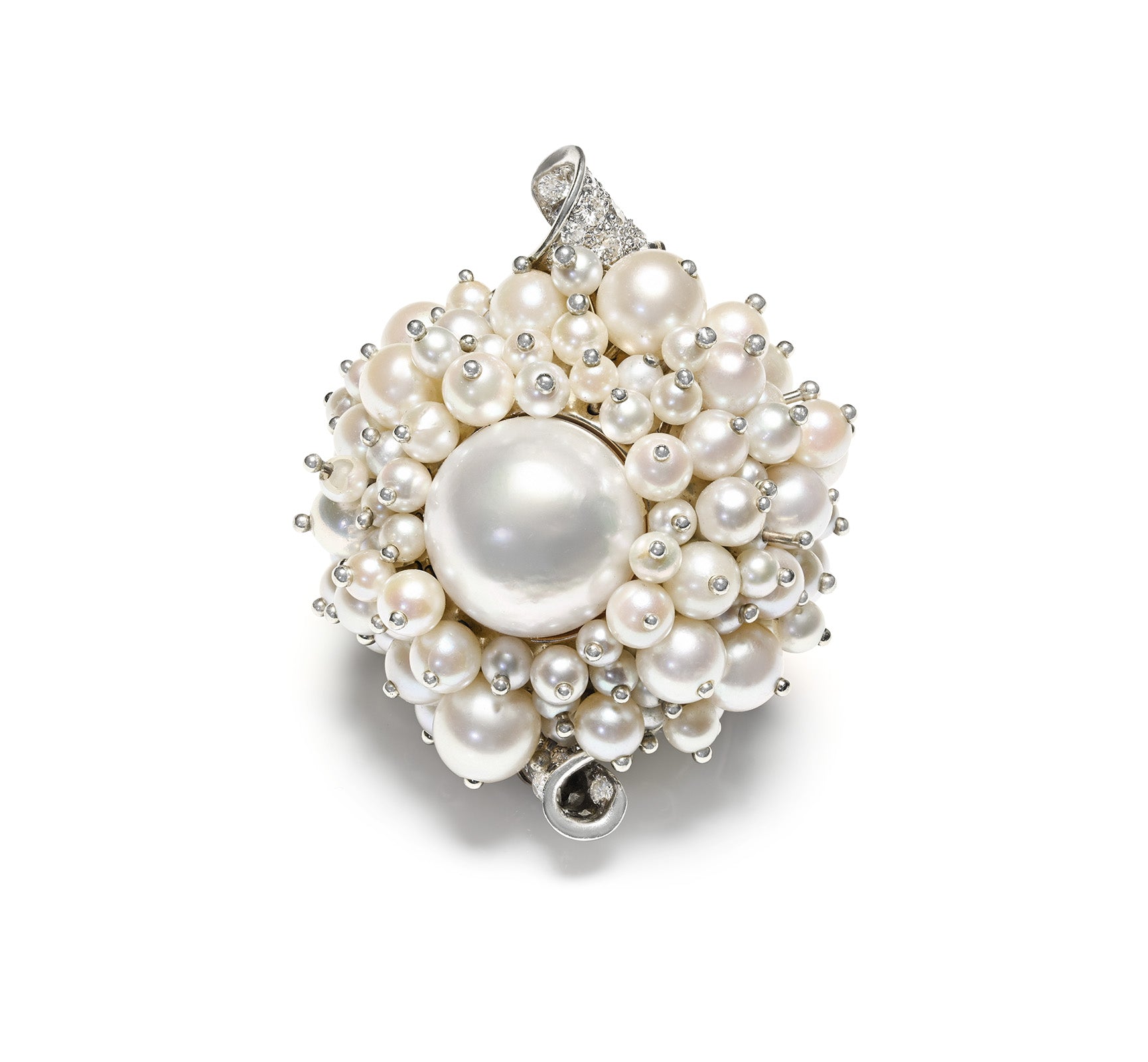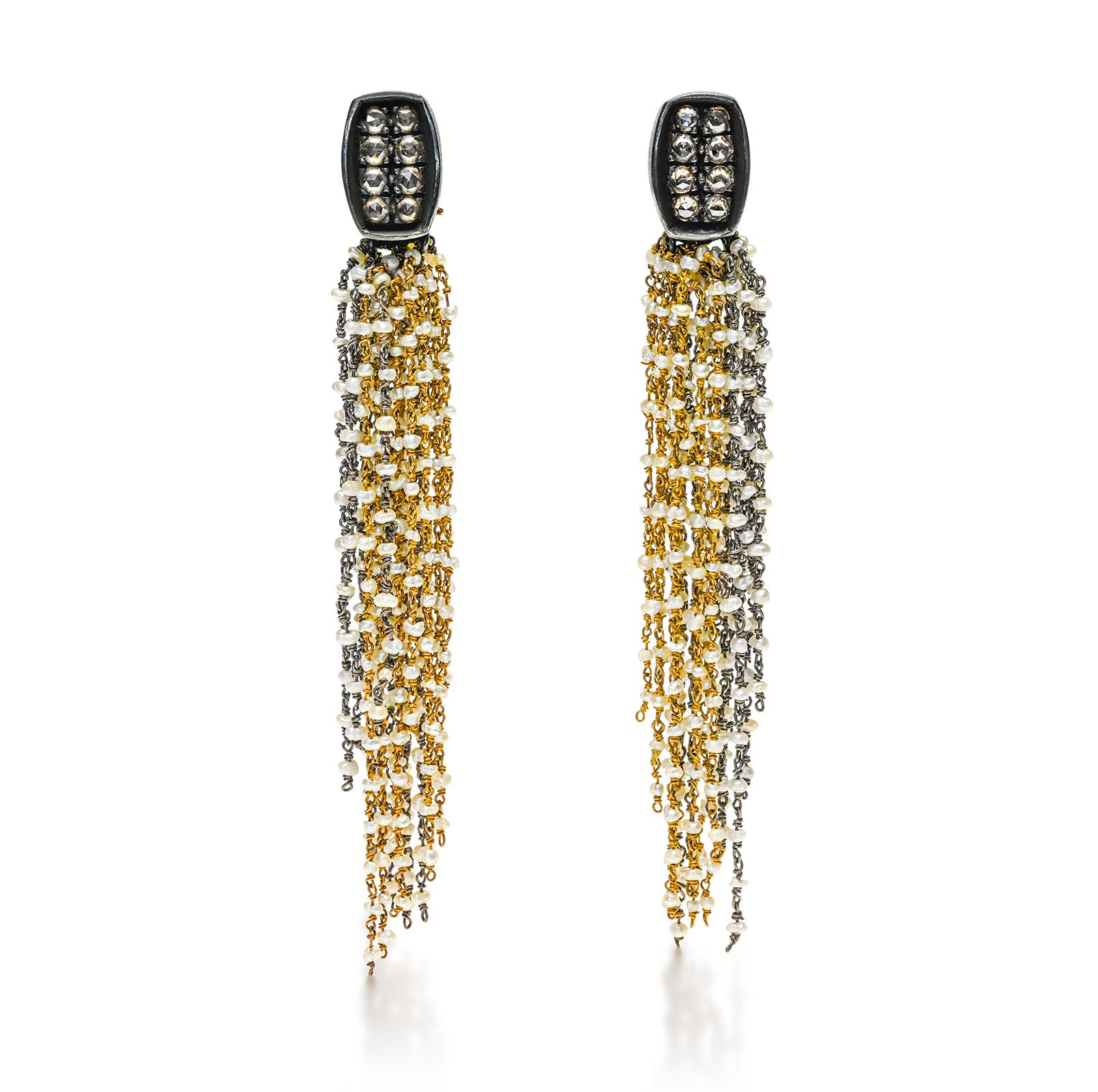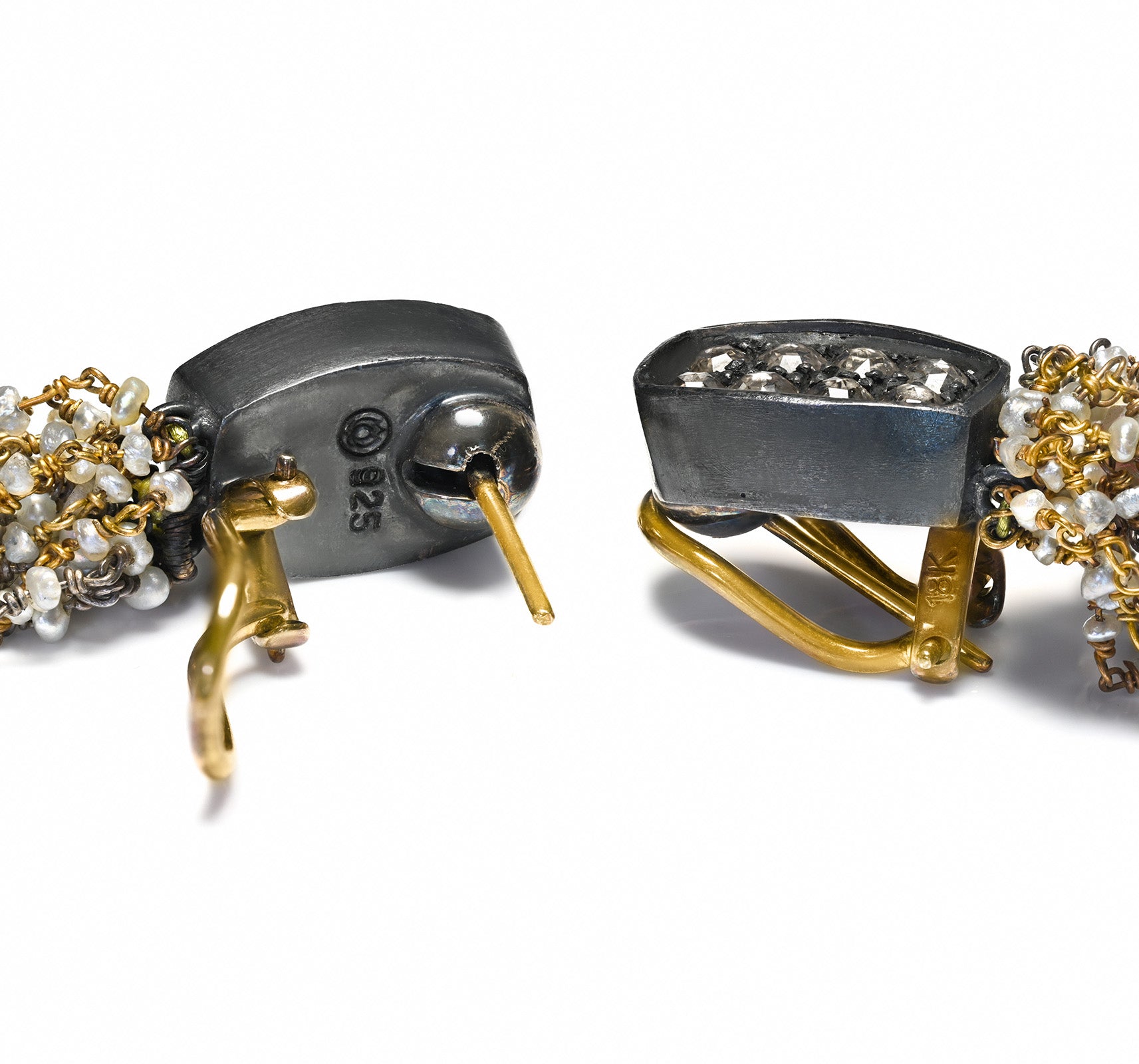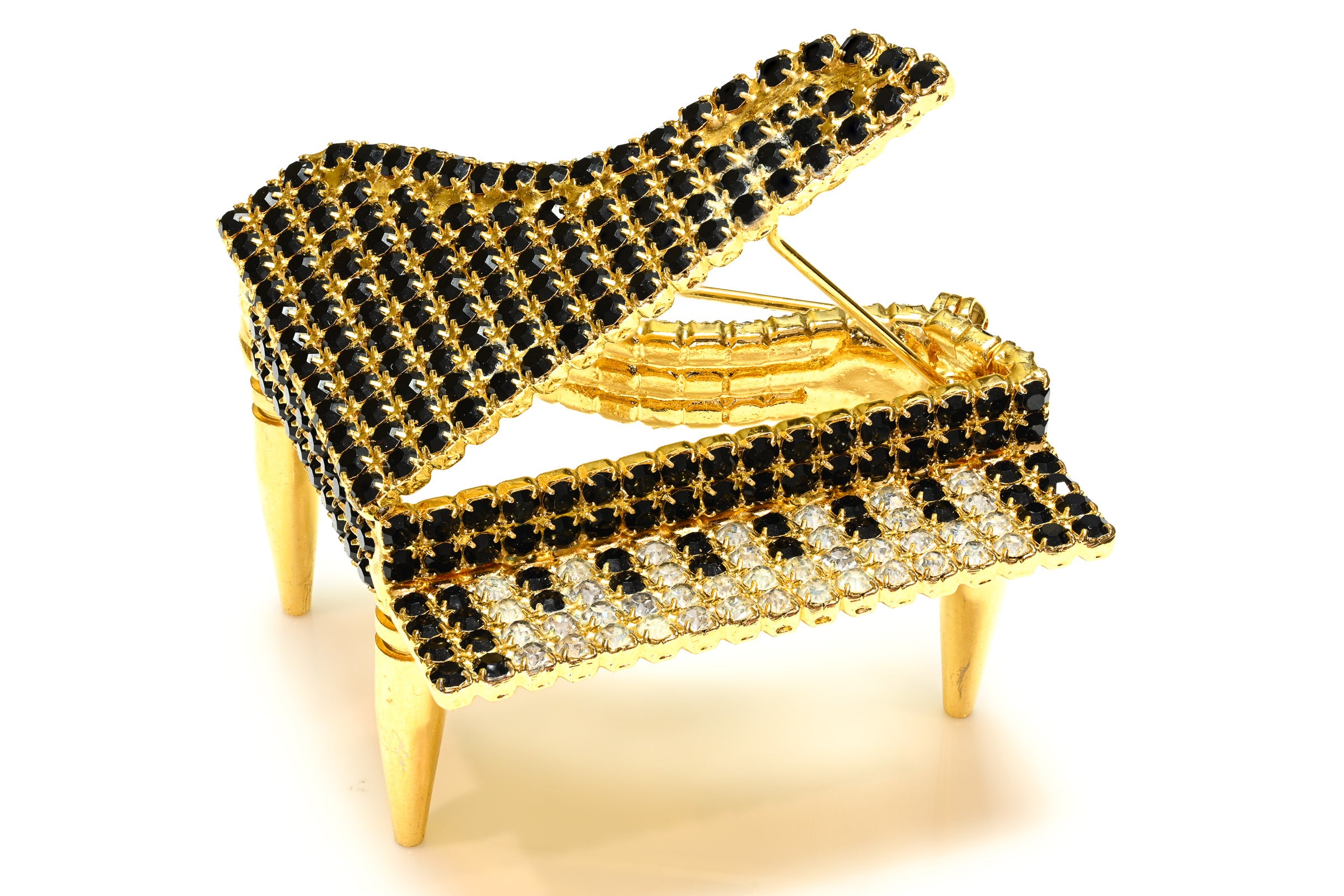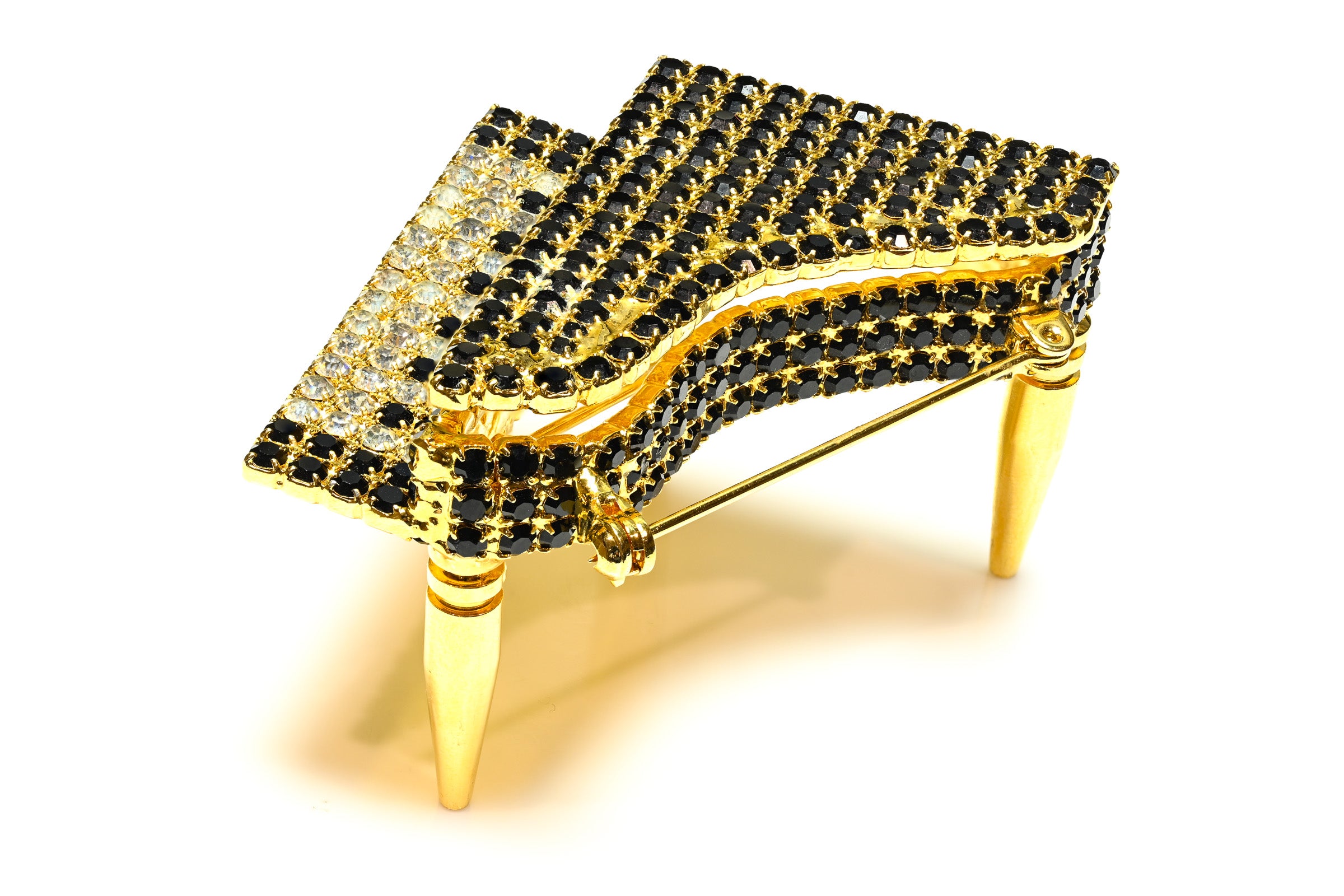
The Story Of The Mysterious "Space" Dagger Of Pharaoh Tutankhamun
The iron blade of Pharaoh Tutankhamun's mysterious dagger discovered by archeologists is of meteoric origin.
This was determined by Italian and Egyptian researchers using the X-ray fluorescence method.
The ancient Egyptians knew this and, in fact, even passed it on to us in a papyrus that tells of "an iron falling from the sky". But the mystery of the origin of one of the two daggers found with the mummy of the infant pharaoh Tutankhamun has divided scientists ever since the sarcophagus was opened.
Tutankhamun's posthumous fame is due to his tomb in the Valley of the Kings near Thebes, discovered in 1922 by the brit Howard Carter, the only tomb of a pharaoh to have remained intact (it was not robbed) for 3,200 years.
Among the many mysteries and superstitions about the pharaoh, starting with the curse that would befall those who would desecrate his tomb, at least one unknown mystery has been solved.
Exploring The Mysteries Of Tutankhamun's "Space" Dagger
Using the X-ray fluorescence method, scientists have removed all doubt: the iron of the knife blade came from space.
"Egyptian iron objects are very scarce, they have not developed ironworking methods and there were no quarries. So they were considered more precious than gold," explained Francesco Porcelli, professor of physics at the Polytechnic University of Turin.
That's why the discovery of Tutankhamun's dagger has opened a debate.
"A surprise was also the extreme finesse of the workmanship. The dagger, about 35 cm long, without a trace of rust, was laying between the mummy's bandages, ready for its encounter with the afterlife: this is enough to show how valuable it was considered.
Some scientists already claimed it was a meteorite, while others thought it had been imported. In Anatolia in the 14th century BC, when Tutankhamun lived, iron already existed. For a while, no one has analyzed it.
Professor Francesco Porcelli was for eight years, until 2014, a scientific attaché at the Italian Embassy in Cairo and submitted the project for the study carried out together with experts on meteorites from the University of Pisa, the Polytechnic University of Milan, the XGLab company, the Polytechnic University, the National Research Council and on the Egyptian side the Cairo Museum and the University of Fayyum.
The initiative was funded by the Italian Ministry of Foreign Affairs and the Egyptian Ministry of Scientific Research.
The Kamil Crater
In the background to this story is the discovery of a meteor crater, Kamil Crater, in the middle of the Egyptian desert in 2010, a discovery published in the journal Science. It is a small "lunar crater", which is very rare on our planet, as erosion normally erases signs of meteor impacts.
Scientists from Pisa and the Pino Torinese Astronomical Observatory, among others, took part in the expedition.
"When the crater was discovered, we discussed the unresolved problem of the dagger found on the mummy of the young pharaoh of the 18th dynasty and decided to analyze it, overcoming some reluctance of the Egyptian authorities, who guard the exhibits," said Francesco Porcelli.
How Did They Come To The Conclusion That This Is A Space Metal?
From its composition: the iron contains 10% nickel and 0.6 cobalt: "These are the typical concentrations of meteorites. To think that it could be the result of an alloy in these concentrations is impossible."
The measuring instruments used on the Egyptian dagger were non-invasive, using the X-ray fluorescence method, after which the data and results were analyzed in Italy.
The bilateral project started in 2014 and ended these days with the publication of the results.
Picture Credit:Chiba Institute Of Technology
Tutankhamun was an 18th dynasty pharaoh, ruler of Egypt from 1333 BC - 1324 BC, who ascended the throne at age 9. He is the son of Pharaoh Amenhotep IV (Akhenaten) and Queen Kiya, part of the New Kingdom, 18th Dynasty, also called the "Golden Age" of Pharaohs.
Tutankhamun's Curse
As Carter and Carnavon descended the steps of Tutankhamun's tomb, Lord Carnavon became concerned about an insect sting, and when he cut it with a blade, the sting became infected, causing pneumonia, so that on April 5, 1923, he died. Before that, his canary was eaten by a snake (the symbol of Pharaoh) on the very day the tomb was opened. Then dozens more died within 20 years.
Some believe the curse was to blame. Many inscriptions tell of this curse, e.g. "Whoever touches the tomb of the Pharaoh will be avenged by the lion, crocodile, and hippopotamus", or "Death will reap those who disturb the peace of the Pharaoh".
Some believe that Carnavon's death may have something to do with the desecration of the tomb. When they opened it, to remove the golden mask, Carter would have had to desecrate the mummy. Many accuse Carter of destroying all evidence of his death, which would have led to the curse.
Another Research: Tutankhamun's "Space" Dagger Was Forged Outside Egypt
The famous iron dagger made from meteorites found in the tomb of Egyptian pharaoh Tutankhamun was forged at temperatures of around 950 degrees, so it must have been made outside Egypt.
Researchers at the Chiba Institute of Technology in Japan used analytical equipment, brought to the Egyptian Museum in Cairo in February 2020, to unravel the mystery of how the dagger was produced through chemical analysis. The equipment was used to determine the elements that went into the composition of the iron dagger, as well as to measure details on its surface.
Research so far has established that the dagger was made mainly from iron meteorites. The dagger also contained between 10 and 12 percent nickel, the main ingredient being octahedrite, a type of iron meteorite.
The team's analysis of the dagger confirmed the presence of iron sulfide, which is commonly found in octahedrite. There were also signs that the metal had been heated to at least 800 degrees.
An analysis of the nickel distribution on the surface found traces of a crystal known as the Widmanstatten pattern, which is also characteristic of iron meteorites. Because this pattern disappears when the metal is heated to temperatures above 1,000 degrees, the team concluded that the dagger was forged at temperatures of about 950 degrees or less.
The dagger's gold handle also contained traces of calcium, which is not normally found when gold is worked. This led to the belief that gypsum was used to attach the ornaments to the hilt.
Egypt did not have the technology to make iron or plaster at that time. But in the Amarna documents, written on clay tablets found along the Nile, there is a mention of an iron dagger given as a gift to the Egyptian king of Mitanni, a kingdom in northern Mesopotamia.
This reference led the research team to assume that the dagger was a gift to Amenhotep III, Tutankhamun's grandfather.
The results of the research were published in the online edition of the journal Meteoritics and Planetary Science.
"At that time in Egypt, iron was considered an element that rarely fell from the sky and was about 80 times more valuable than gold," said Takafumi Matsui, president of the Chiba Institute of Technology, which specializes in comparative planetology and led the research team.
"Tutankhamun probably inherited the iron dagger from his grandfather and it was placed in his tomb when he died at a young age," he added.
Archaeologists have discovered an impressive number of ancient artifacts buried with the king's mummified body.
Blades Can Be Forged From Iron Meteorites
In the 1990s, a team of researchers at Japan's National Museum of History conducted experiments to determine whether swords could indeed be forged from iron meteorites. They collected six types of iron meteorites from around the world, and master sword-smiths attempted to forge the swords. They concluded that the swords could be made at temperatures below 950 degrees if there were few impurities in the iron meteorite, such as sulfur and phosphorus.
Tsutomu Saito, a professor of cultural property science at the museum, was part of that team in the 1990s. He said the latest modern findings are similar to those the team made about three decades ago.
"They provide evidence that ancient humans realized the conditions we predicted scientifically," Saito said.
Forging an iron meteorite containing nickel is difficult because of the hardness of the material. But Tsutomu Saito believes that the craftsmen of that time used their instinct and experience to find the right temperature to heat the precious materials they used to make iron products.
"This is an important discovery that shows the starting point of mankind's quest to develop iron-making technology," the professor explained.
Cover Photo Credit: Chiba Institute Of Technology


